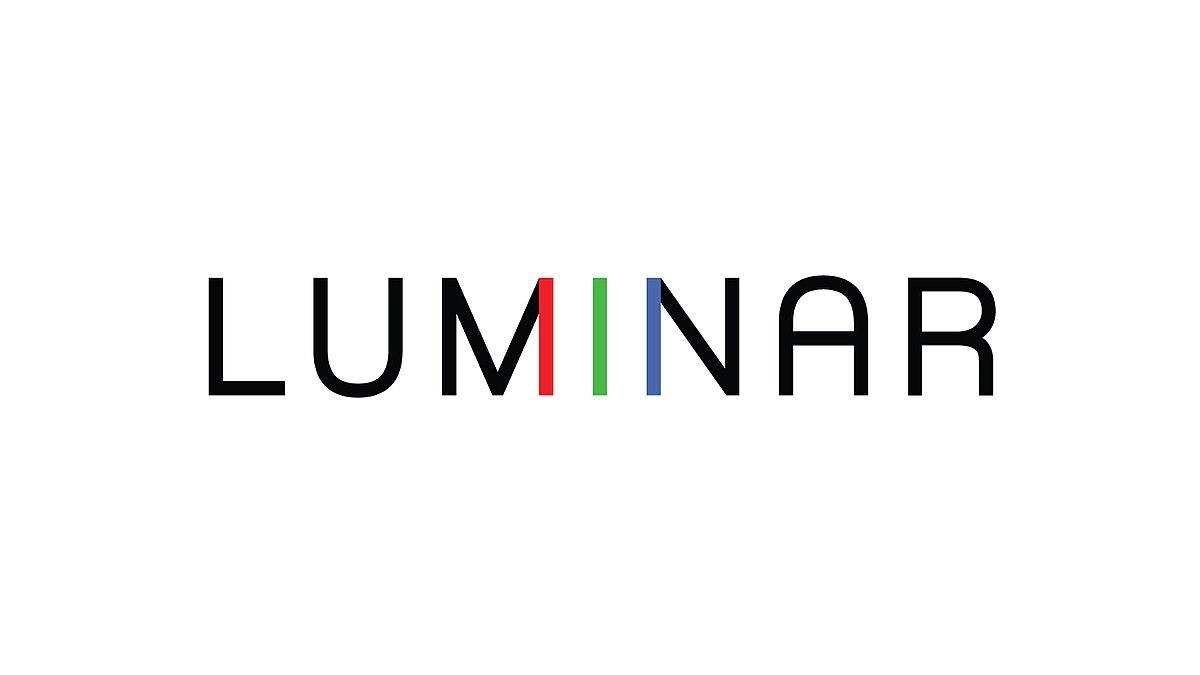Where Do SPAC Shares Go After Mergers?
When a business goes public through a special purpose acquisition company, the stock has to go somewhere. Where does SPAC stock go after a merger?
Dec. 9 2020, Published 9:43 a.m. ET

Luminar Technologies went public on Dec. 3 through a reverse SPAC merger with Gores Metropoulos. Although Austin Russell is the company's CEO, Peter Thiel funded Russell's venture.
After a company goes public, the ticker symbol usually ends up on the preferred exchange. However, when the deal goes through a SPAC, the stock does something different.
SPAC shares merge into the new company
When a SPAC successfully merges, the company's stock weaves into the new company. For Russell's company, Luminar Technologies is trading within Gores Metropoulos stock. The combined stock trades under the ticker symbol "LAZR" on the Nasdaq exchange.
When investors purchase new SPAC stock, it usually starts trading at $10 per share. In contrast, with traditional IPOs or direct listings, an underwriter or a company determines the stock's starting price.
Existing investors have a few options for post-acquisition SPAC shares
Even before a company goes public, common stock investors usually hold some sort of stake in the business, which could mean employees or institutional investors. In these circumstances, an existing investor may want to hold on to their piece of the pie post-merge. However, that isn't always the case.
Existing investors have a few other options:
- They can exercise their warrants. If an investor wants to purchase more stock, they can usually do so below market value. A SPAC warrant gives common stockholders the right to purchase stock at a certain share price. In this case, investors may be able to get stock for $11 per share even when the market value has reached $20 or more. Right off the bat, this warrant gives investors an upper hand against the general public.
- They can cash out. This seems obvious, but it may not always be. With traditional IPOs, investors are stuck in what's called a lockup period, which often lasts for 90 days. SPAC mergers don't have to deal with the same restrictions, so employees and other existing investors can liquify their shares on the fly.

While there are standards, it's worth noting that some SPAC circumstances differ from others. You will want to read the company's prospectus (which you can find in the Form S-1 registration statement on SEC Edgar tool) to fully understand your investor rights.
What if a SPAC fails to merge?
SPAC merge failures are more common than you may think. Some of the most noteworthy failed SPAC mergers in recent times are TGI Fridays, CEC Entertainment (owner of Chuck E. Cheese), and Akazoo. While unfortunate, failed SPAC mergers are a reality in the business world.
SPACs have a limit of two years to complete the acquisition. They can't raise funds for any reason other than the specified acquisition. So, with no acquisition, companies must return money to investors straight from the trust.
This is unfortunate for both parties. For investors, in particular, it means that they are getting cash back with no return when they could have put that money to work elsewhere.

